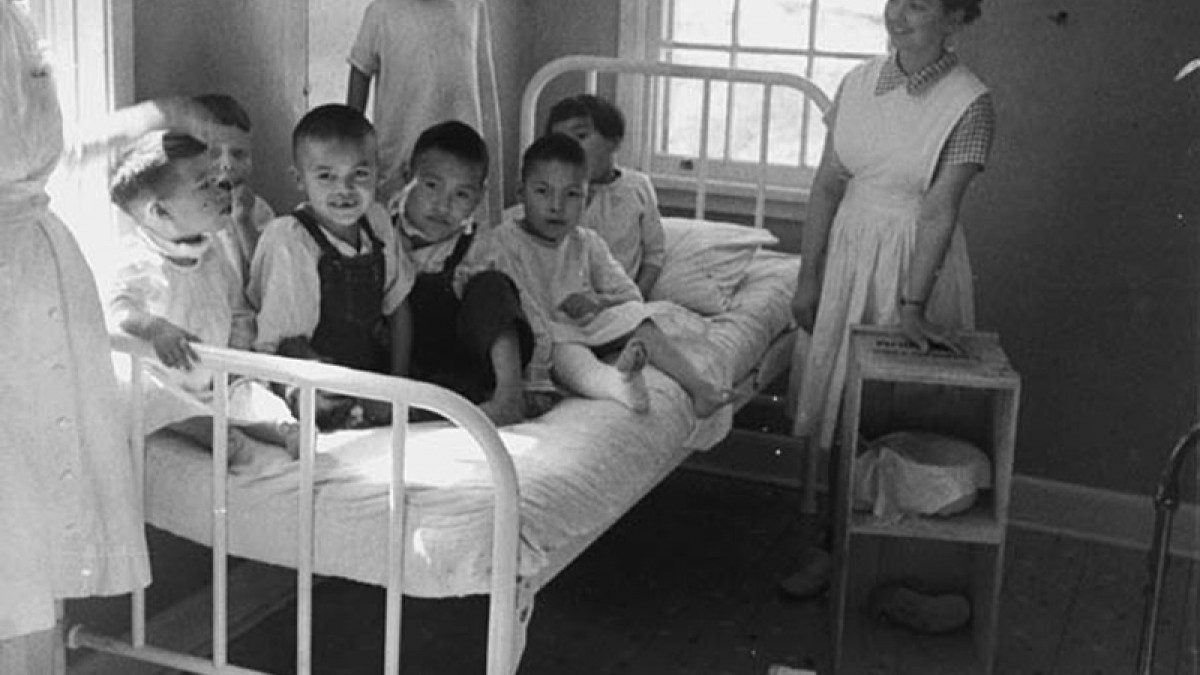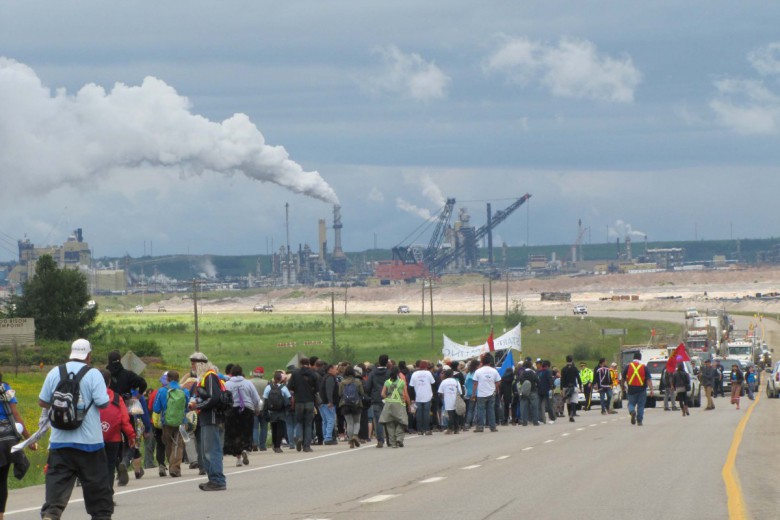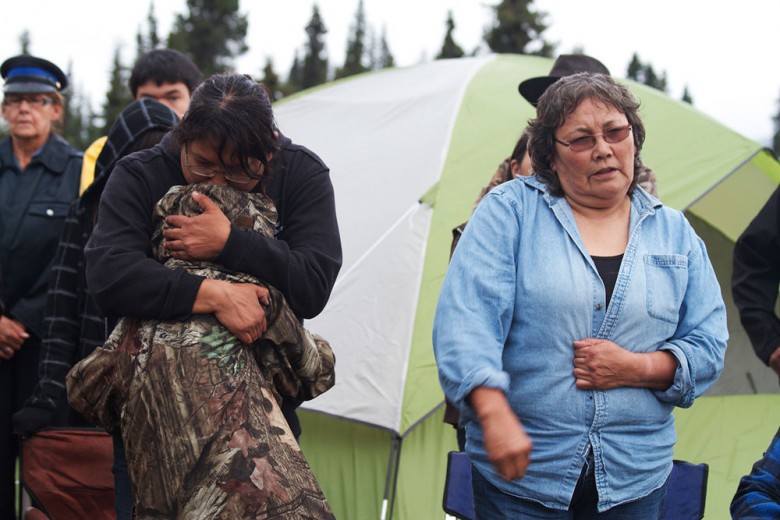Anishinaabe culture, like many other Indigenous cultures, holds children in the highest regard. We recognize that children see and experience the world differently than adults and we honour these experiences. We cherish children because they are gifts from the spirit world, and many of us believe that children carry important teachings for adults, if adults are paying attention.
Because of these beliefs, Anishinaabeg traditionally parented children in a way that honoured them as full human beings. Children had a large degree of self-determination and learned to navigate the consequences and responsibilities of that freedom. They saw adults in their extended family modelling leadership – listening, being humble, and bringing people together. They were raised gently – grounded in their language, culture, the land, and the stories that tie them to those things. They were encouraged to find their passion, to learn how to be a responsible and giving member of their community, and to live gently on their first mother, the earth.
It was a style of parenting and education that generated a different kind of governance, a different kind of leadership, and a different kind of nation.
Colonial policy recognized this. It also recognized that the destruction of Indigenous women and children was the fastest way to remove Indigenous Peoples from the land. It is the fastest way to destroy nations. So policies were designed to target children. Settler colonial policies are still designed to target children.
This past week, these policies have been front and centre in the Canadian mainstream media. First, the re-emergence of the story of Edmund Metatawabin and the electrocution of Native children at the St. Anne residential school in Fort Albany in a homemade electric chair. Now, evidence from the research of postdoctoral fellow at the University of Guelph Ian Mosby, clearly demonstrating that the Canadian government conducted nutrition experiments on malnourished Native children and adults in communities and in residential schools. People who were malnourished and living in poverty because their land had been stolen and their way of life nearly destroyed.
Unfortunately, this doesn’t surprise me. Starvation has long been used as a tactic by the government to dispossess us from the land, to get us to sign unfair treaties, and to co-opt us into large-scale development. This is one reason why Theresa Spence’s fast late last year resonated with so many Indigenous people. Some of the most horrific stories I’ve ever heard, stories I could never have imagined, come from the residential school era. This is what happens when Indigenous Peoples are dehumanized – in residential schools, day schools, sanitariums, in the child welfare system, and more broadly in Canadian society. This is the face of a homegrown attempted genocide. And Indigenous children are still starving – many living in poverty without the basic necessities of life, because land and resources continue to be stolen from their territories. Just as many are starving for meaning, their culture, their language, and their land. Our ability to feed ourselves is still under attack because we don’t have access to our lands – environmental destruction and encroachment still threatens our local Indigenous food systems and forces many of us into substandard colonized diets.

The legacy of residential schools and the dehumanization of Indigenous peoples reaches directly into the families of the present. The children of those who survived the nutritional experiments, torture, sexual, emotional, and physical abuse, and the assimilative and genocidal policies of Canada still live with the consequences and the trauma. Every day. There are more Native children in the child welfare system than were in the residential school system at its height because of the cycles of violence and trauma they inflicted on our families.
As a parent, these stories elicit in me a swelling of anger and a mama bear desire to protect my children, and all children. I think many Canadians feel the same way when they read these stories in the newspaper. When I look at my two young children, I don’t know how any parent could survive this. I don’t know how any child could survive this.
But many families did, and contrary to popular stereotypes in the mainstream media, I see Indigenous Peoples working hard to fix this. I see people in my community work long hours fighting for our families, educating, parenting, and building community programs for those who can’t. Rebuilding Indigenous nations requires us to rebuild how we parent, how we educate, and how we model our governance in our families – not nuclear families, but big, beautiful, diverse, multi-racial networks of loving people.
Being open and honest about what was done to these children and their families is a first step in truth telling about our shared past. Providing all of the necessary documents to the Truth and Reconciliation Commission is the most basic level of human decency.
To Canada, I say this: Honour the Apology. Release the documents. Be on the right side of history on this one. It’s the very, very least you can do.
To that end, people of all faiths are invited to honour our children and their families by participating in local events associated with the National Day of Prayer #HonourTheApology. These events are taking place across Canada at noon on July 25.







